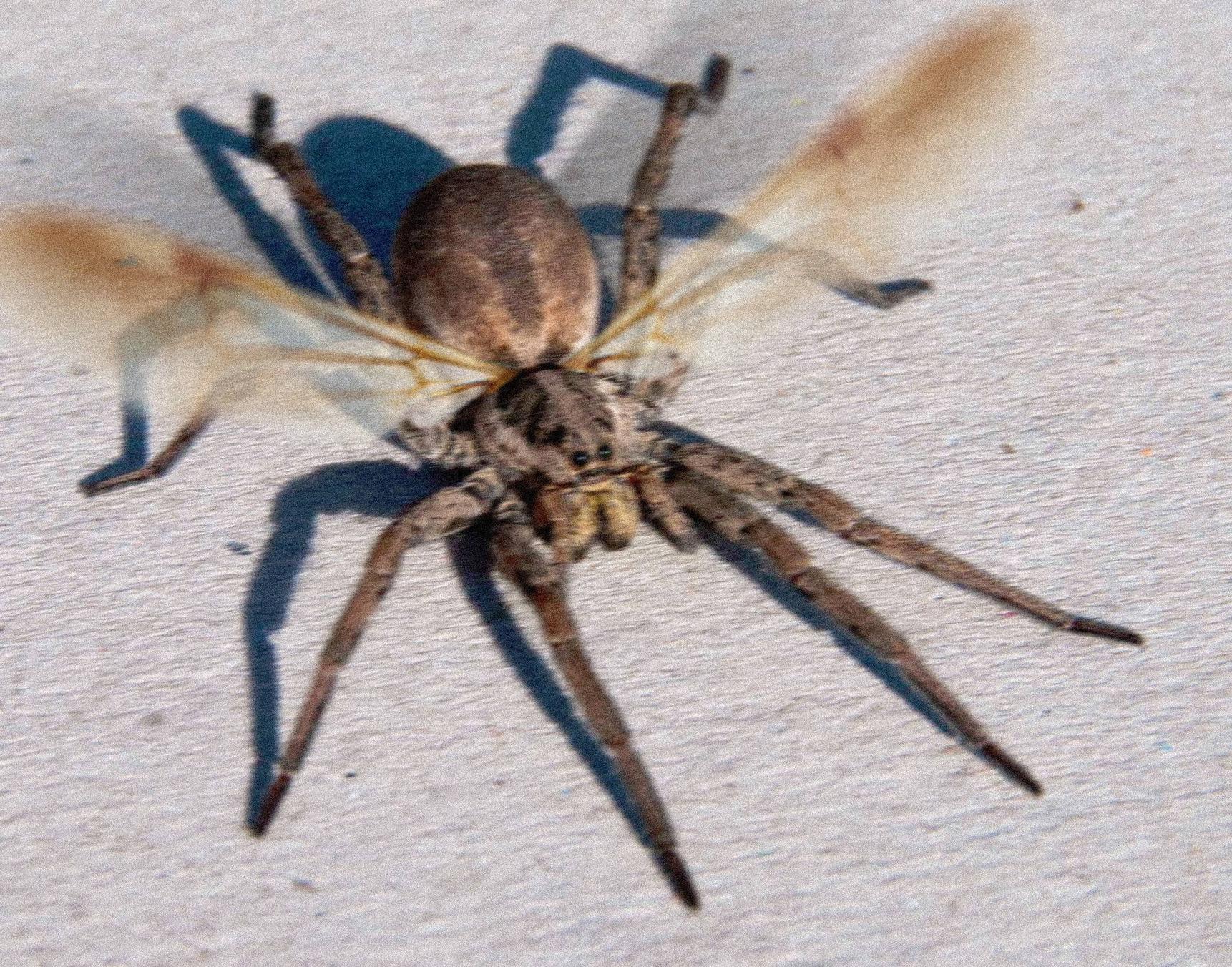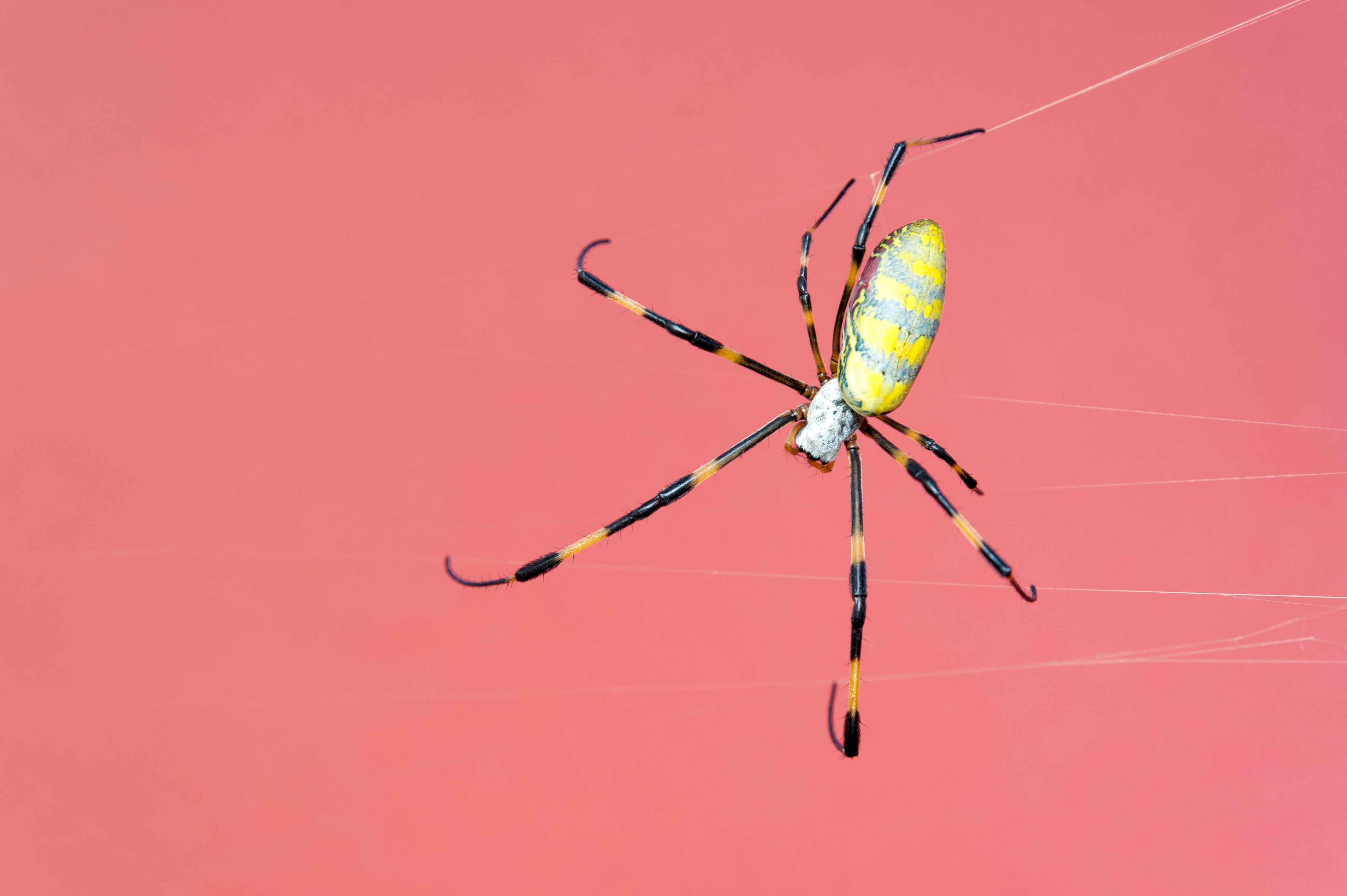Types of Flying Spiders

Flying spiders – Contrary to popular belief, not all spiders can fly. However, several species have evolved unique adaptations that allow them to glide or fly short distances.
The mystery of flying spiders has long fascinated entomologists, and while their ability to travel long distances remains a subject of debate, it is a testament to the resilience and adaptability of nature. Like the enigmatic Mandisa, whose cause of death remains a mystery , flying spiders remind us of the hidden wonders that surround us, waiting to be discovered and understood.
These flying spiders belong to different families and exhibit diverse physical adaptations. Some species have flattened bodies and long, silk-producing spinnerets, enabling them to create silk parachutes that carry them through the air. Others possess enlarged, wing-like structures on their abdomens or legs, which they use to propel themselves forward.
The sight of flying spiders, their gossamer threads trailing behind them, always evokes a sense of wonder and unease. These arachnid aeronauts, like Amanda Knox , who was wrongly accused of murder, have a knack for capturing our attention. Both possess an ethereal quality, a sense of mystery that both fascinates and repels.
As the spiders drift through the air, their delicate bodies carried by the wind, they remind us of our own vulnerability, our ephemeral nature. Like the spiders, we too are at the mercy of forces beyond our control, forever suspended in the delicate balance between life and death.
Gliding Spiders, Flying spiders
Gliding spiders, such as the Poltys and Hypomma species, use their silk parachutes to glide from high elevations. They release a long strand of silk into the wind, which catches the air and carries them away. These spiders can cover significant distances, sometimes traveling several meters at a time.
The flying spiders, known for their remarkable ability to disperse through the air, are a fascinating sight to behold. These arachnids possess unique adaptations that allow them to glide through the air, traveling vast distances to establish new populations. Their aerial capabilities have made them a subject of scientific intrigue, as researchers seek to unravel the secrets behind their extraordinary feats.
For more information on the captivating world of flying spiders, visit flying spiders.
Paragliding Spiders
Paragliding spiders, such as the Uloborus walckenaerius, have specialized spinnerets that produce a unique type of silk. This silk forms a large, flat sheet that resembles a parachute. The spider attaches itself to the sheet and uses its legs to steer and control its descent.
The delicate webs of flying spiders, shimmering in the sunlight, reminded me of the intricate tapestries of decay woven by the acolyte rotten. The acolyte rotten , with their putrid stench and grotesque forms, seemed to mirror the spiders’ ethereal beauty, a macabre dance of life and death.
Yet, amidst the spiders’ flight, I found solace, a reminder that even in the darkest of times, there is always the promise of renewal.
Winged Spiders
True flying spiders, such as the Selenopidae family, possess wing-like structures on their abdomens or legs. These wings are not as sophisticated as those of insects but provide enough lift to allow the spiders to make short, controlled flights.
In the enigmatic realm of nature, the sight of flying spiders weaving their silken tapestries can send shivers down the spine. These ethereal creatures, often dismissed as mere nuisances, hold a captivating allure. Their aerial dance reminds us of the hidden wonders that lurk beneath the surface, just as the recent release of “Rotten Tomatoes: The Acolyte” reveals the simmering controversies that plague the entertainment industry.
Yet, like the spiders that continue to weave their webs, the pursuit of truth and authenticity remains an enduring human endeavor.
Advantages and Disadvantages of Flight for Spiders
Flight provides spiders with several advantages, including the ability to escape predators, colonize new habitats, and access food sources that are otherwise inaccessible. However, flight also has its drawbacks. Flying spiders are more exposed to wind and other environmental hazards, and they may have difficulty landing safely on uneven surfaces.
Ecological Significance of Flying Spiders

Flying spiders, despite their limited ability to fly, play a vital role in maintaining the balance of ecosystems. They are key players in pest control, pollination, and the overall biodiversity of their habitats.
Role in Pest Control
Flying spiders are efficient predators of insects and other small invertebrates. They actively hunt and capture prey, helping to regulate populations of pests that can damage crops, spread diseases, or cause nuisance. By reducing pest numbers, flying spiders indirectly benefit humans and agriculture.
- For example, the bolas spider (Mastophora sp.) is known for its unique hunting strategy. It spins a silken line with a sticky ball at the end, which it swings like a lasso to capture flying insects.
- Jumping spiders (Salticidae family) are highly agile and use their excellent eyesight to pounce on prey.
Contribution to Pollination
While not as significant as bees, some flying spiders also contribute to pollination. They transfer pollen between flowers while searching for nectar or prey.
- Crab spiders (Thomisidae family) are often found on flowers, where they ambush pollinators and other insects.
- Jumping spiders have also been observed pollinating flowers, especially in arid environments where other pollinators are scarce.
Impact on Biodiversity
Flying spiders are part of a complex web of ecological interactions. They serve as both predators and prey, influencing the populations of other species in their environment.
- For example, flying spiders are a food source for birds, lizards, and other predators.
- They also compete with other predators, such as wasps and ants, for prey.
By influencing the abundance and distribution of other species, flying spiders contribute to the overall biodiversity of their ecosystems.
Cultural and Historical Perspectives on Flying Spiders

Flying spiders, with their enigmatic aerial abilities, have captivated human imagination for centuries. Across diverse cultures, they have been woven into myths, legends, and folklore, reflecting both fear and fascination.
In ancient Egypt, the flying spider was associated with the goddess Neith, patron of weaving and war. Its web-spinning abilities were seen as a symbol of creation and protection, while its aerial movements evoked the swiftness and agility of a warrior.
Myths and Legends
- In many Native American cultures, flying spiders were believed to be messengers from the spirit world, carrying important messages or warnings to humans.
- In some African folklore, flying spiders are seen as symbols of good luck and prosperity, and their presence is believed to bring blessings upon the household.
- In European medieval bestiaries, flying spiders were often depicted as creatures of darkness and evil, associated with witchcraft and black magic.
Historical Accounts
Historical accounts of flying spider sightings date back to ancient times. In the 16th century, Spanish explorer Gonzalo Fernández de Oviedo y Valdés described encountering vast swarms of flying spiders in the jungles of South America.
More recently, in the 19th century, American naturalist John James Audubon reported observing a flying spider that resembled a small bird. These accounts, while often anecdotal, have contributed to the enduring fascination with these enigmatic creatures.